fish
Indus River Kot Mithan
famous fish of kot mithan - indus river
Kot Mithan, located on the banks of the mighty Indus River, is well known for its delicious freshwater fish. The Indus is home to a variety of species, with Rohu (Labeo rohita) being the most popular and widely loved. Freshly caught fish is often grilled, fried or cooked in traditional spicy curries, making it a favorite delicacy for locals and visitors alike. The unique taste of Indus River fish comes from its natural habitat and pure waters, giving it a flavor that is unmatched. For tourists, enjoying a fish meal in Kot Mithan is not just about food—it is part of experiencing the culture and lifestyle of the city.
common Fish Species of the Indus River
Rohu (Labeo rohita) – The most popular freshwater fish, widely eaten fried or in curry.
Catla (Catla catla) – A large carp, often grilled or cooked in spicy curries.
Mrigal (Cirrhinus mrigala) – Another carp species, commonly used in local dishes.
Mahseer (Tor putitora) – Known as the “King of Indus Fish,” prized for its size and taste.
Sol (Channa marulius) – A snakehead fish, often fried or made into curries.
Singhara (Mystus spp.) – A type of catfish, popular in fried dishes.
Khagga (Wallago attu) – A large carnivorous catfish, considered a delicacy.
Pallo (Tenualosa ilisha / Hilsa) – Famous seasonal fish of the Indus, highly prized for its flavor.
Rohu (Labeo rohita)
- Rohu is a very important culture able fish species of Punjab and Rajanpur. Locally it is called as Dumbra. Rohu is an indigenous fish species of Punjab and found in River Indus, Sutlej, Chenab, Ravi and Jhelum. It is an herbivorous fish.
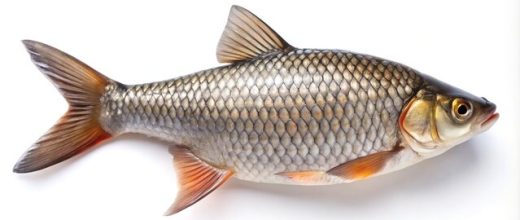
Mori (Cirrihinus Mrigala)
- Mori is an indigenous fish species of Pakistan. It is herbivorous fish and being cultured in all over the Punjab. It is also found in River Indus, Sutlej, Chenab, Ravi and Jhelum.
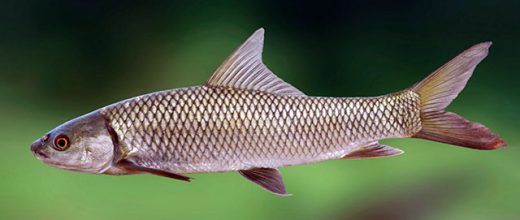
Thaila (Gibelion Catla)
- Thaila is a native fish of Punjab and herbivorous in nature. It is commonly cultured in Punjab Sindh, Baluchistan, introduced in Khybar Pakhtunkhwa and Azad Kashmir, surface feeder.
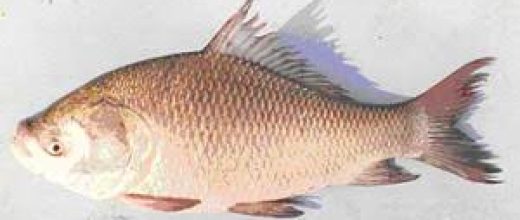
Grass Carp (Ctenopharyngodon Idella)
An exotic fish, commonly known as grass carp, native of East Asia, introduced in Pakistan from China, feeds ohm plants specially grasses. An important exotic carp for fish farming in Punjab.
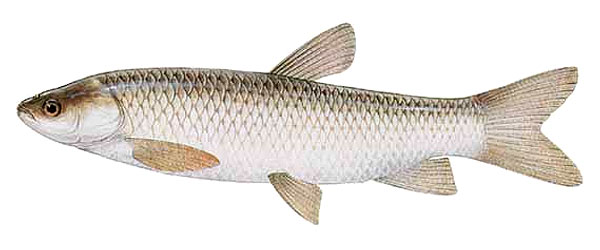
Silver Carp (Hypothalmichthys Molitrix)
- Commonly known as silver Carp, native of China, introduced in Pakistan from Nepal due to its rapid growth rate in fish farms. Herbivorous in feeding habit. Very important cultivable fish of Punjab, Pakistan.
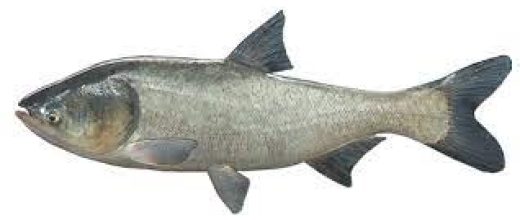
Common Carp (Cyprinus Carpio)
- An exotic fish, commonly called as Common carp and in Pakistan known as Gulfam. It is omnivorous fish and native to Thailand.
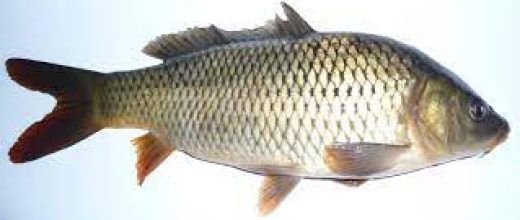
Jhalli (Eutropoochthys Vacha)
- A native catfish called Jhalli; inhabits large rivers and estuaries of Punjab, Khyber pakhtunkhaw and Sindh; feeds on aquatic insects and small fishes, not introduced in aquaculture due to its carnivorous nature.
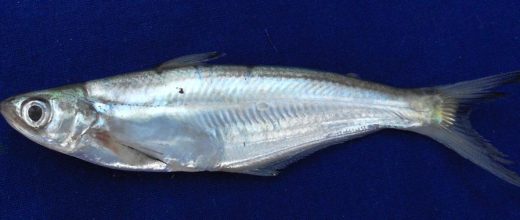
Saul (Channa Marulius)
- A native snake head catfish commonly known as saul; inhabits large lakes and rivers of Pakistan; carnivorous in nature; maximum length recorded is 30 Kg; very popular and tasty fish of Rivers.
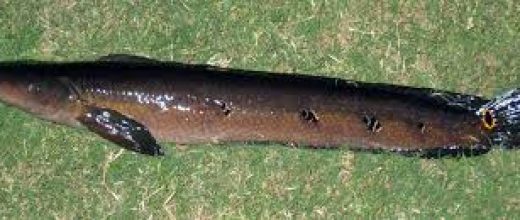
Khagga (Rita Rita)
- A native catfish known as Khagga; inhabits large rivers and tidal fresh waters in Punjab, Sindh and Khyber Pakhtunkhaw; carnivorous and feeds on different aquatic animals and small fishes.
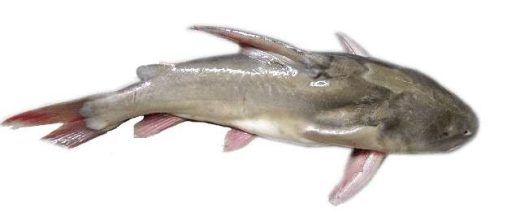
Fauji Khagga or Goonch (Bagarius Bagarius)
- A native catfish commonly known as goonch and fauji khagga; very large catfish of Pakistani rivers; carnivorous in nature and eats all kinds of aquatic animals and fishes; maximum weight recorded is up to 200 Kg.
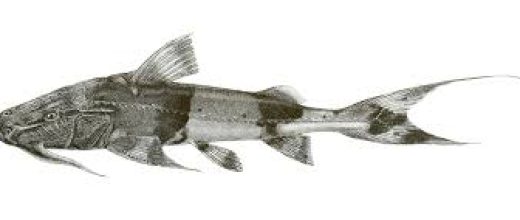
Mullee (Wallago Attu)
- A native catfish, commonly called Mullee, inhabits large rivers and estuaries, feeds on aquaticanimals and dead organisms, breeds during July and august maximum weight recorded 55kg.
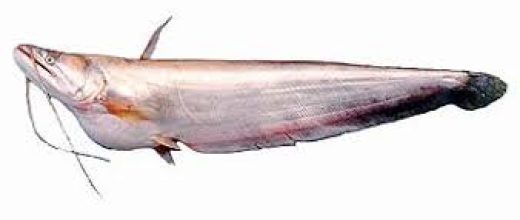
Bachwa (Clupisoma Graua)
- A native catfish common name Bachwa, inhabits large freshwaters and tidal rivers of Punjab, sindh and Azad Kashmir, feeds on aquatic animals including small fishes, breeds during rainy season maximum length recorded up to 60.0cm
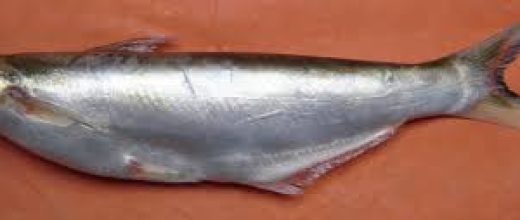
Bighead (Aristichthys nobilis)
- It is an exotic fish and commonly known as Bighead carp or Chinese major carp; introduced in Pakistan for increased fish production angling and aquaculture; inhabits freshwaters rivers and cultural ponds ;feeds on phytoplankton primarily; fast grower and an important part of aquaculture fisheries.

Tilapia (Oreochromis Mossambicus)
- An exotic fish and commonly called as Tilapia ,native to Africa ; introduced in Pakistan for culture in brackish and saline water bodies; matures at an age of 2 to 3 months; breeds in running and standing water bodies 3to4 times in a years ;forming of tilapia is in practice in Punjab as the males grow faster than females; maximum length recorded up to39.0cm with 1.0kg body weight.
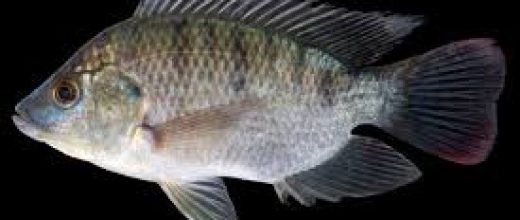
- Total No. of Fish Farm in District Rajanpur: 78
- Total Land of private fish farm in the District: 1980 Acres
- Annual production of fish in the District: 132 MT
Source: Punjab Fishries Department
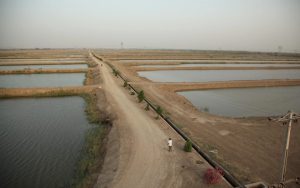
Indus River Dolphin
Indus river dolphins are found mostly in the lower parts of the Indus River in Pakistan. The dolphins historically swam freely through about 3500 km of the Indus River system from the Indus estuary, through the plains to the foothills of the Karakoram mountains1, 2. The dolphins’ range has been reduced by approximately 80% due to the construction of irrigation barrages, and now most of the remaining animals are in a 690 km stretch of the Indus River in three separated populations3. A handful of Indus river dolphins also occur in the Beas River in India, trapped above an irrigation dam4.
The most recent estimate of abundance for the Indus river dolphin, based on surveys conducted in 2017, was close to 2000 animals5.
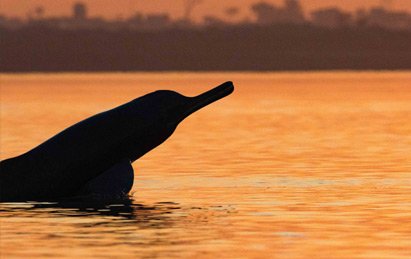
Queen of Indus River - Indus Dolphin

Biology and Ecology
Indus river dolphins are light brownish-grey, though they sometimes exhibit lighter undersides. They have a long thin rostrum with many long teeth that are visible even when their mouths are closed. Their dorsal fin is rather small compared to other river dolphins, and is more like a triangular hump. They have large flippers and flukes, and flexible necks.
This species is functionally blind. Therefore, like other dolphin species, it relies heavily on echolocation to navigate and hunt1, 6. Externally, the eye appears to be barely larger than a pinhole, restricting light from reaching the retina, there is no lens, and the optic nerve is very narrow, leading scientists to conclude that their eyes are incapable of forming clear images, but that they may still serve as light receptors6.
Indus River Dolphin. Illustration by Uko Gorter
Reproduction and growth
Indus river dolphins reach sexual maturity when they are approximately 10 years old7. Mating occurs throughout the year but births appear to peak between March and May1. After a gestation period of 8-9 months, a single calf is born, generally around 70cm in length, and feeds on milk from the mother7. They can grow up to 2.5 metres in length and weigh 70-110 kg. Limited data is available about their lifespan, but the oldest known animal was 39 years3.
Diet
The Indus river dolphin eats a large variety of prey including river prawns, catfish and carp1.
Behaviour
Like Ganges river dolphins, Indus river dolphins have developed a unique side swimming behaviour which is an adaptation to help them navigate through shallow waters6. Although the dolphins have occasionally been found in groups consisting of as many as 30 individuals, they are mainly solitary8.
Individuals are at the surface for only about 1 second, and they then dive for just over a minute8. Like other dolphin species, they navigate using echolocation, but reflecting the complexity of the river environment, Indus river dolphins emit sound almost constantly. Generally, these animals are shy towards humans.
The untold story of the rescuer of Indus River Dolphin
For centuries, dolphins are living in the freshwater of Indus, but once the barrages were built across the Indus River, they face several threats such as fragmentation of their habitat. The unique Indus River dolphin is the second most endangered freshwater dolphin in the world. This aquatic mammal is also known as a blind dolphin or ‘Bhulan’ in the local language. In Sukkur, a city in the Pakistan province of Sindh along the western bank of the Indus River, DW reporter Irfan Aftab met with Nazir Mirani, who has spent his entire life rescue of dolphins stranded in canals.
Courtesy to Mr. Irfan Aftab DW reporter
local wildlife
discover more
Varius quam quisque id diam vel quam. Ac ut consequat semper viverra nam libero justo. In metus vulputate eu scelerisque. Bibendum est ultricies integer quis auctor elit sed vulputate mi. Quis vel eros donec ac odio tempor.
Dignissim diam quis enim lobortis scelerisque fermentum dui faucibus in. Dignissim enim sit amet venenatis urna cursus eget. Dignissim diam quis enim lobortis scelerisque.
.................................
Indus River Kot Mithan
Refernces
- Anderson, J. (1879). Anatomical and zoological researches: comprising an account of the zoological results of the two expeditions to western Yunnan in 1868 and 1875 and a monograph of the two cetacean genera Platanista and Orcella (Vol. 1 – Text and Vol. 2 – Plates): Bernard Quaritch, Piccadilly, London. earch, 17, 201-215.
- Reeves, R. R., & Chaudhry, A. A. (1998). Status of the Indus River dolphin Platanista minor. Oryx, 32(1), 35-44.
- Braulik, G. T., Smith, B. D., & Chaudhry, A. A. (2012). Platanista gangetica ssp. minor. In The IUCN Red List of Threatened Species. Version 2014.3: http://www.iucnredlist.org. Downloaded on 23 April 2018.
- Behera, S. K., Nawab, A., & Rajkumar, B. (2008). Preliminary investigations confirming the occurrence of Indus River dolphin Platanista gangetica minor in River Beas, Punjab, India. Journal of the Bombay Natural History Society, 105(1), 90-126.
- Aisha, H., Braulik, G., Khan, U., Leslie, A., & Nawaz, R. (2017). Indus River dolphin (Platanista gangetica minor) – an update on the current assessment and conservation challenge. Working Paper presented at the International Whaling Commission, Bled, Slovenia, 2017. SC/67A/SM/22.
- Herald, E. S., Brownell, J. R. L., Frye, F. L., Morris, E. J., Evans, W., E., & Scott, A. B. (1969). Blind river dolphin: first side-swimming cetacean. Science, 166, 1408-1410.
- Brownell, R. L. (1984). Review of reproduction in Platanistid dolphins. Report of the International Whaling Commission(Special Issue 6), 149-158.
- Braulik, G. T., Bhatti, Z. I., Ehsan, T., Hussain, B., Khan, A. R., Khan, A., et al. (2012). Robust abundance estimate for endangered river dolphin subspecies in South Asia. Endangered Species Research, 17, 201-215.
